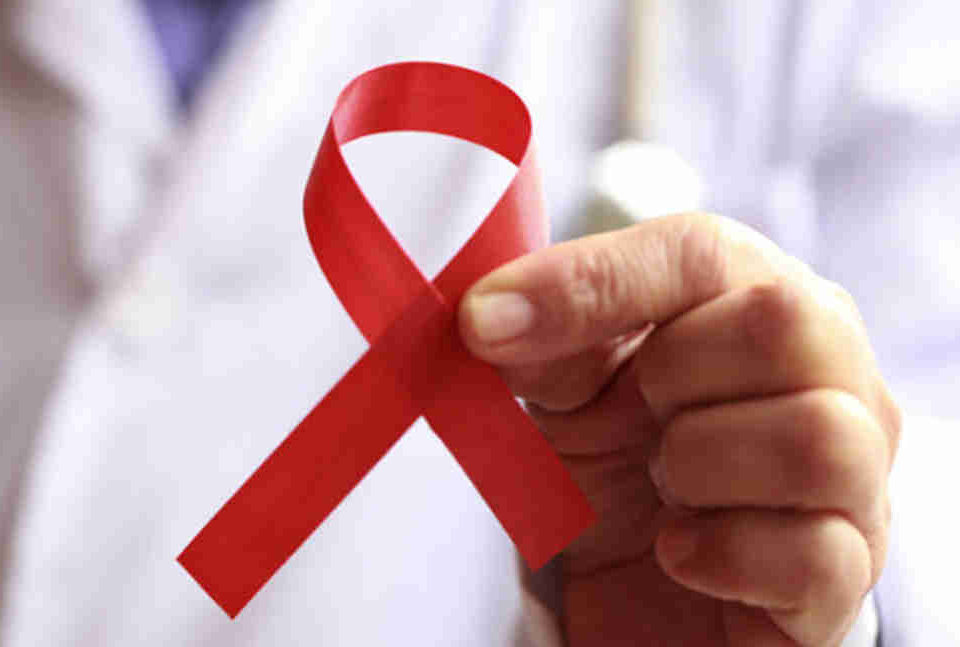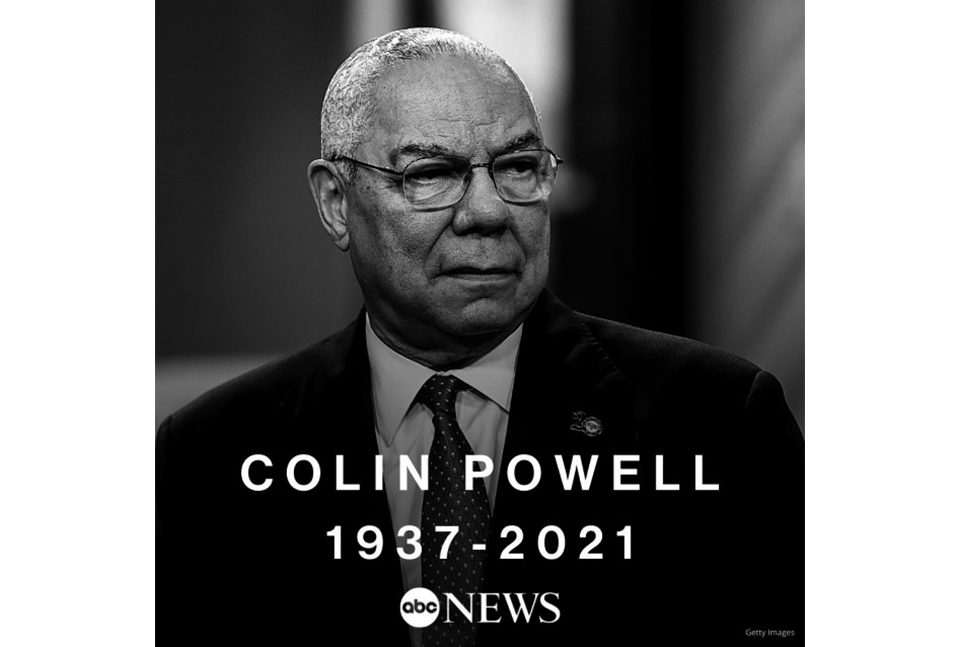- 如有疑问,请联系电邮
- customer@ihealth66.com
USNEWS:关于肺癌你不知道的7件事

中国甲状腺癌诊疗规范(2018年版)(6)
2019年1月30日
中国甲状腺癌诊疗规范(2018年版)(7)
2019年2月4日By Samantha Costa
先做一个深呼吸,了解以下事实。
Anyone can get lung cancer.
When Cynthia Siegfried’s husband, Jim, was diagnosed with lung cancer in 2002, the Germantown, Tennessee, couple didn’t know much about the disease. “One of the things that surprised me was that 15 percent of people who get lung cancer never smoked. I didn’t know that. I figured most people smoked,” Cynthia says. Jim, who was 56 at the time, ran five miles the morning he was diagnosed. As Dr. Philip Bonomi, director of the division of hematology and oncology at Rush University Medical Center in Chicago, says, most people don’t realize they only need lungs to get lung cancer. During November’s Lung Cancer Awareness Month, here are six more things you may not know about the disease:
There are many types of lung cancer.
About 15 percent of all lung cancers are considered small cell lung cancer, and 85 percent are non-small cell lung cancer, including: adenocarcinoma, squamous cell lung cancer and large cell lung cancer. Small cell lung cancers are faster-growing forms of the disease, while non-small cell lung cancer spreads less aggressively and can be treated more successfully with surgery and other treatments. Experts believe lung cancer is caused by genetic mutations that change the way cells divide and affect whether the cancer spreads to other parts of the body and how it reacts to treatments. “I didn’t know that happened,” Siegfried says. “You start off with one [type of cancer] and can end up with another.”
There aren’t always symptoms.
Karen Loss, 56, of McLean, Virginia, put early-stage uterine and ovarian cancers behind her 16 years before she was diagnosed “by accident” with stage 4 lung cancer in 2012. She went in for a regular check-up to determine if she was having gastrointestinal problems, only to find her liver and right lung harbored cancerous tumors. She had no symptoms. Those who do develop symptoms, however, may experience a cough that gets worse or doesn’t go away; blood with their cough; difficulty breathing; wheezing; chest, upper back or shoulder pain that doesn’t go away; unexplained weight loss and feeling unusually tired.
It kills more women than any other cancer.
Lung cancer is to blame for taking twice as many lives as breast cancersince 1987, according to the LUNGevity Foundation. It’s unclear why it is more prevalent in women than other cancers. Research has shown that some cancers can have a genetic component that puts family members at risk. However, it’s unclear if the same type of inherited gene mutation happens in lung cancer, Bonomi says. “There’s no strong gene mutations like we see in breast cancer, ovarian or colon cancer. But if you do have a family member with lung cancer, there’s a slight increased risk of getting lung cancer,” Bonomi says.
Targeted therapies exist.
Targeted therapies – or precision medicine – home in on the specific genetic mutations associated with lung cancer. There are clinical trials underway to study these therapies, and nine have already been approved by the Food and Drug Administration, according to the National Cancer Institute. Thanks to these new therapies, many lung cancer patients are now experiencing remission – something thought impossible just 10 years ago. One study, for example, showed that Opdivo – the drug Loss is taking – decreases the risk for death among lung cancer patients by 41 percent.
There is hope in survivorship.
Despite advances in the last 10 years, Bonomi says he still has to inform patients that only 17 percent of lung cancer patients survive five years beyond diagnosis – a statistic that hasn’t changed since the 1970s. Loss, author of “Trekking through Cancerland: Letters from the Journey,” is going on three years of survivorship and currently takes Opdivo. Siegfried’s husband, Jim, is also a survivor. “I think the fact that a lot has been happening in the last three to four years in research, drugs and clinical trials is because more patients are becoming very involved in advocacy,” Loss says.
Caregivers need support, too.
Any cancer can be a heavy burden to bear. From a caregiver’s perspective, Siegfried says: “You learn a lot, and fast. You start off knowing very little. I was painfully ignorant about lung cancer.” In her book, she discusses the emotional aspect of caring for a loved one and the grief that comes with preparing yourself for potentially losing him or her. At the time of Jim’s diagnosis, there were no local support groups for lung cancer, so she formed her own: f.a.i.t.H. “Caregivers can’t really share their feelings with the person they’re taking care of, but you need some sort of an outlet,” she says.





